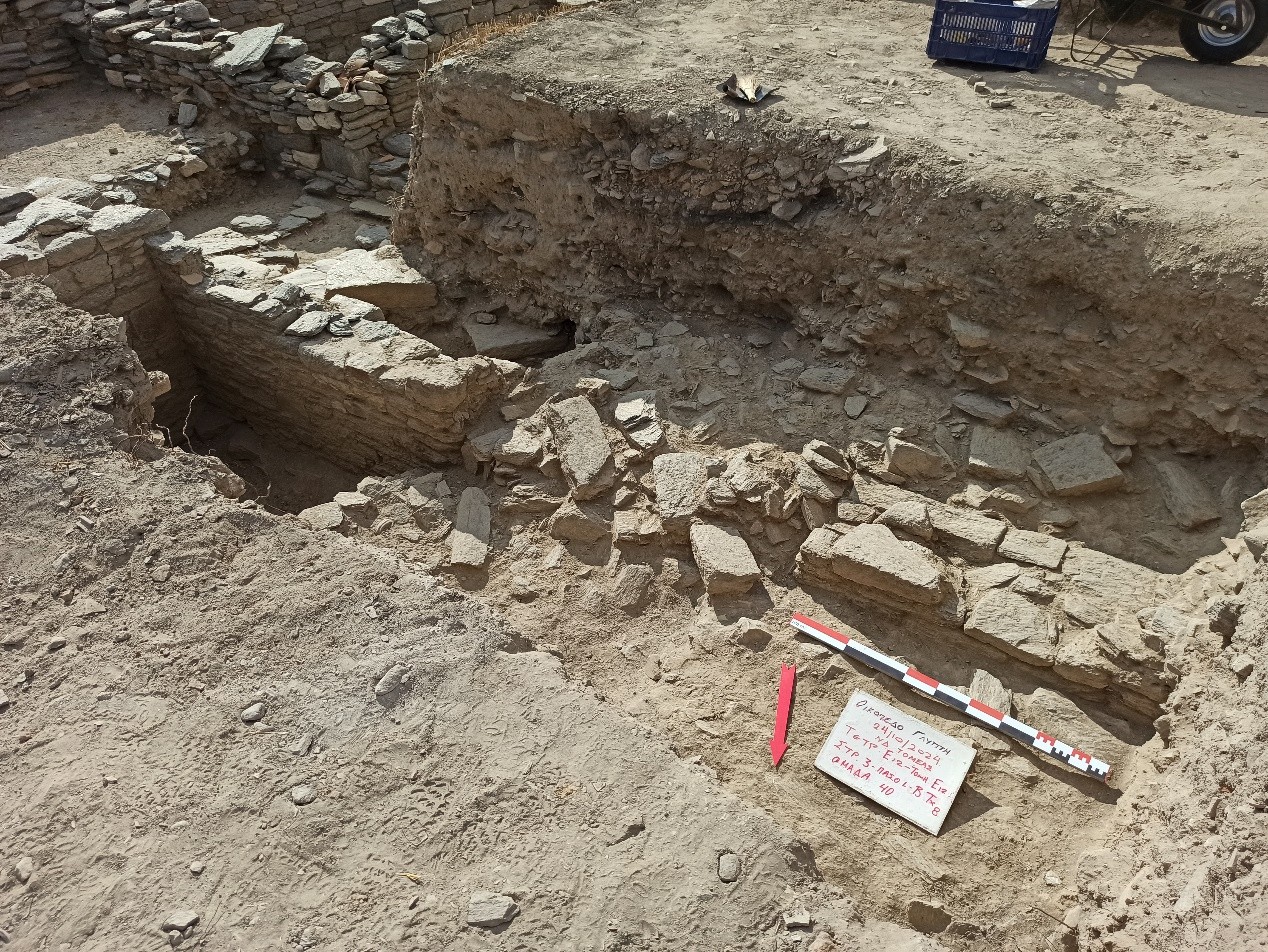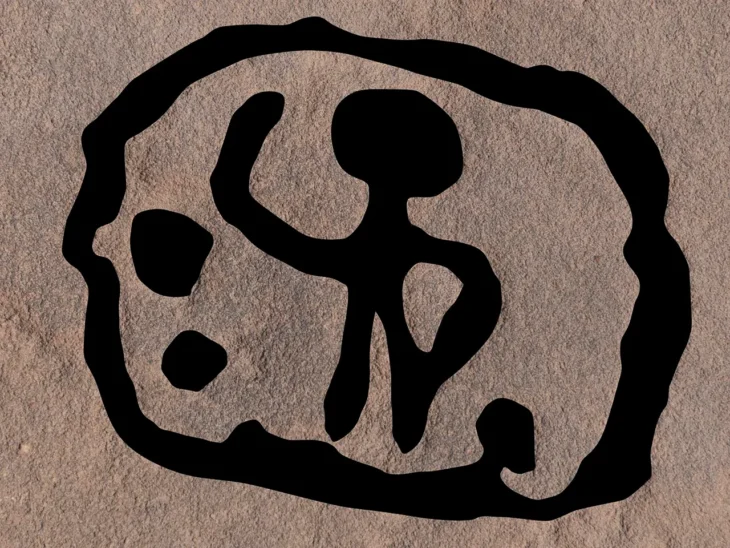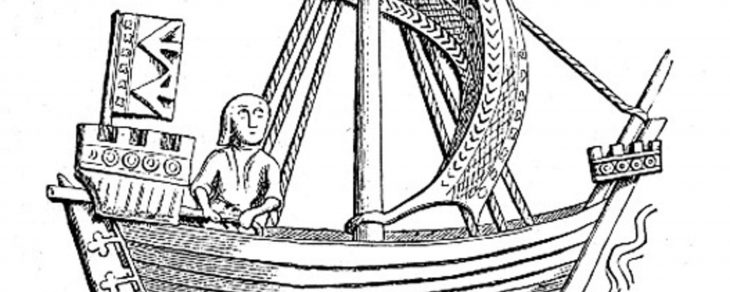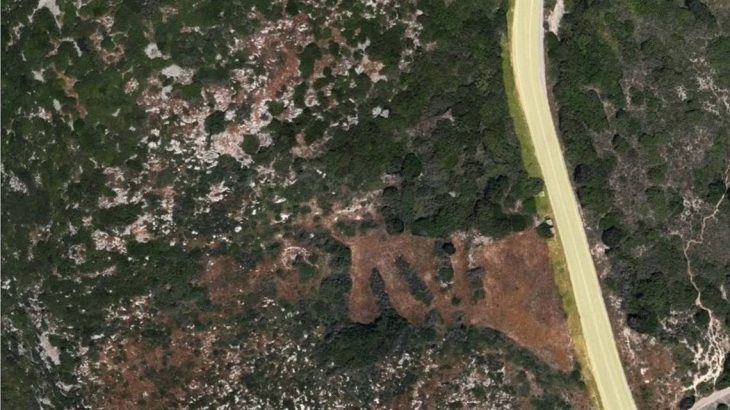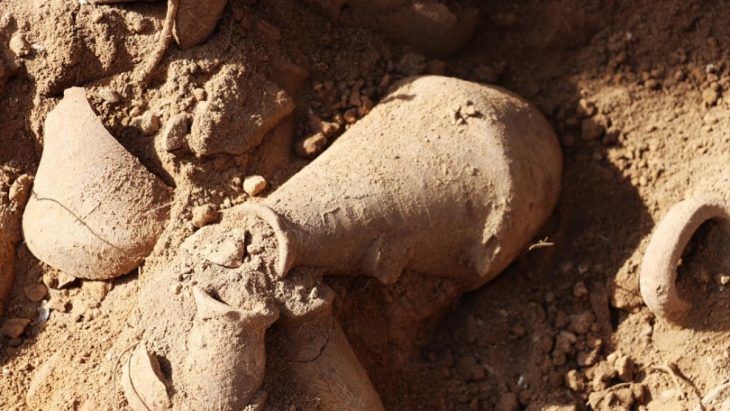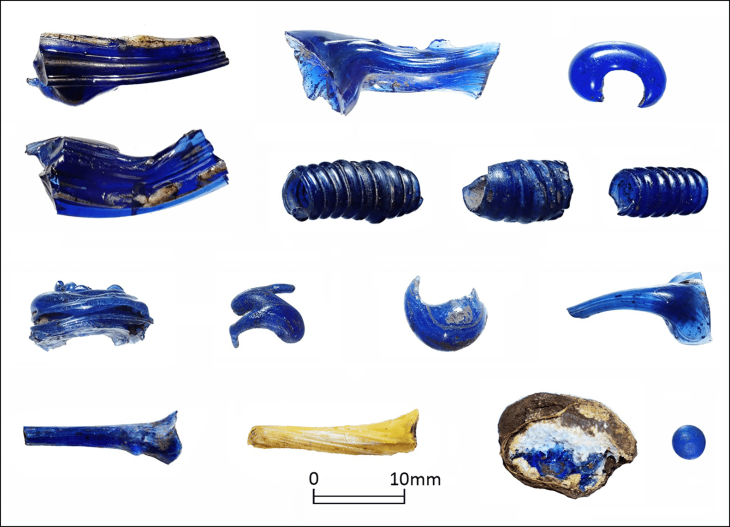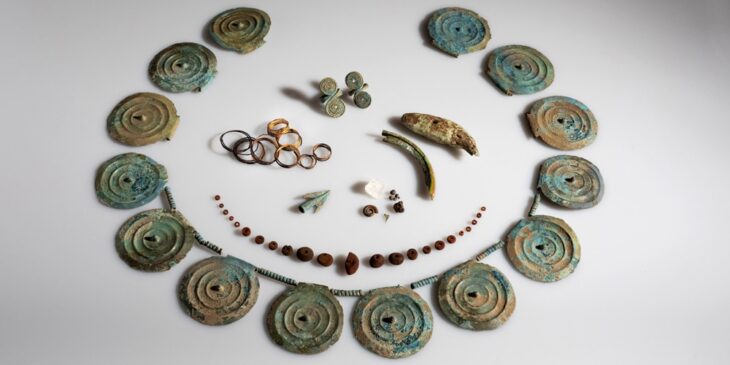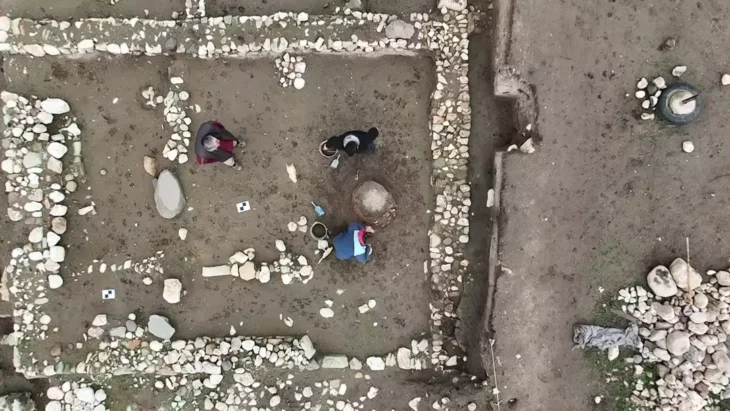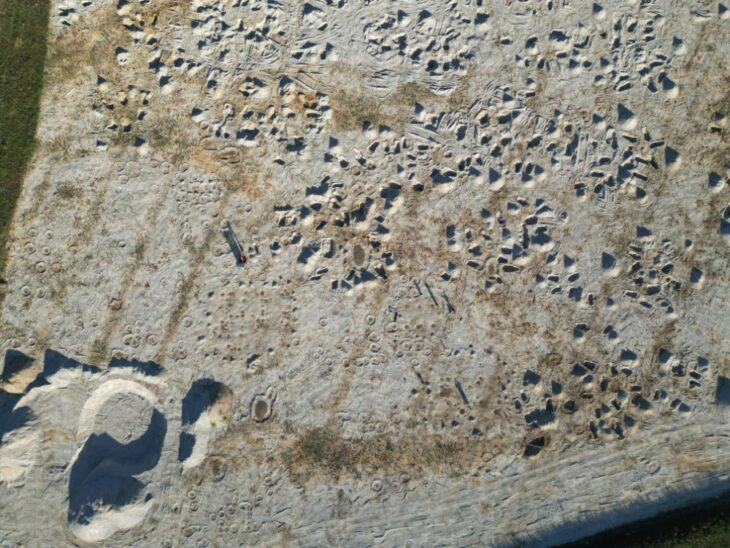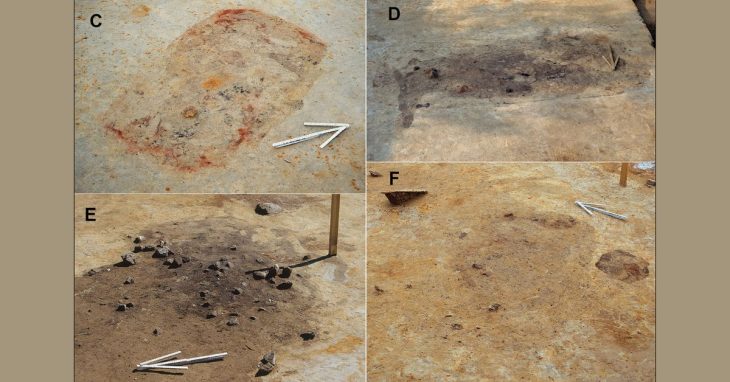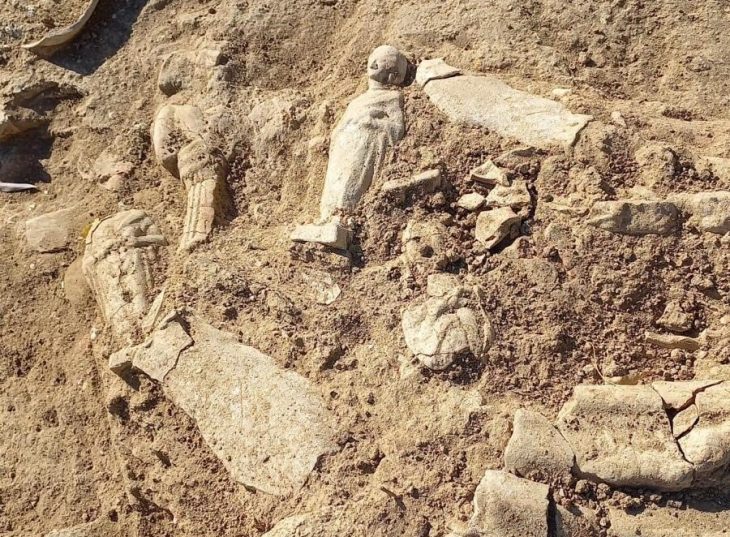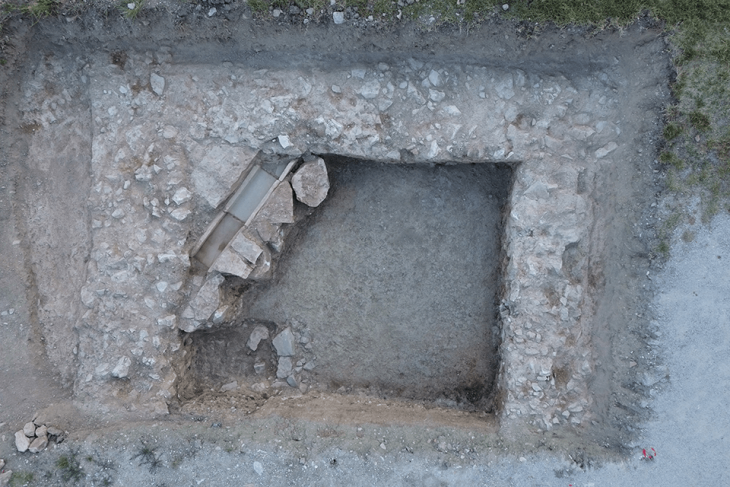The world of ancient Greek art continues to amaze modern scholars, with recent excavations on Paros Island unveiling a long-lost Hellenistic marble workshop. These findings provide a rare window into how life-sized statues—hallmarks of classical beauty and realism—were conceived and crafted more than two thousand years ago.
Located in the heart of the Cyclades, Paros held a prominent place in the ancient Greek world—not only as a strategic maritime hub but also as a cultural and artistic powerhouse. From the Early Bronze Age through the Classical and Hellenistic periods, Paros was known for its rich natural resources, especially its coveted Parian marble. This unique material, famed for its purity and translucence, fueled the island’s prosperity and positioned it at the center of sculptural innovation and trade across the Aegean. Its quarries supplied marble for temples, statues, and monuments that still define the grandeur of Greek antiquity. As a result, Paros became both a supplier of materials and a beacon of aesthetic advancement, shaping artistic trends that reverberated throughout the ancient Mediterranean.
The Origins of Greek Marble Sculpture
While Greek sculpture dates back to the 8th century B.C. with small clay, ivory, and bronze figurines, it wasn’t until the 6th century B.C. that life-sized marble statues began to emerge. Sculptors initially borrowed from the rigid forms of Egyptian and Near Eastern models, but by the 5th century B.C., a transformation toward naturalism and sensual expression redefined Greek aesthetics—paving the way for iconic masterpieces like the Venus de Milo, carved from Parian marble.
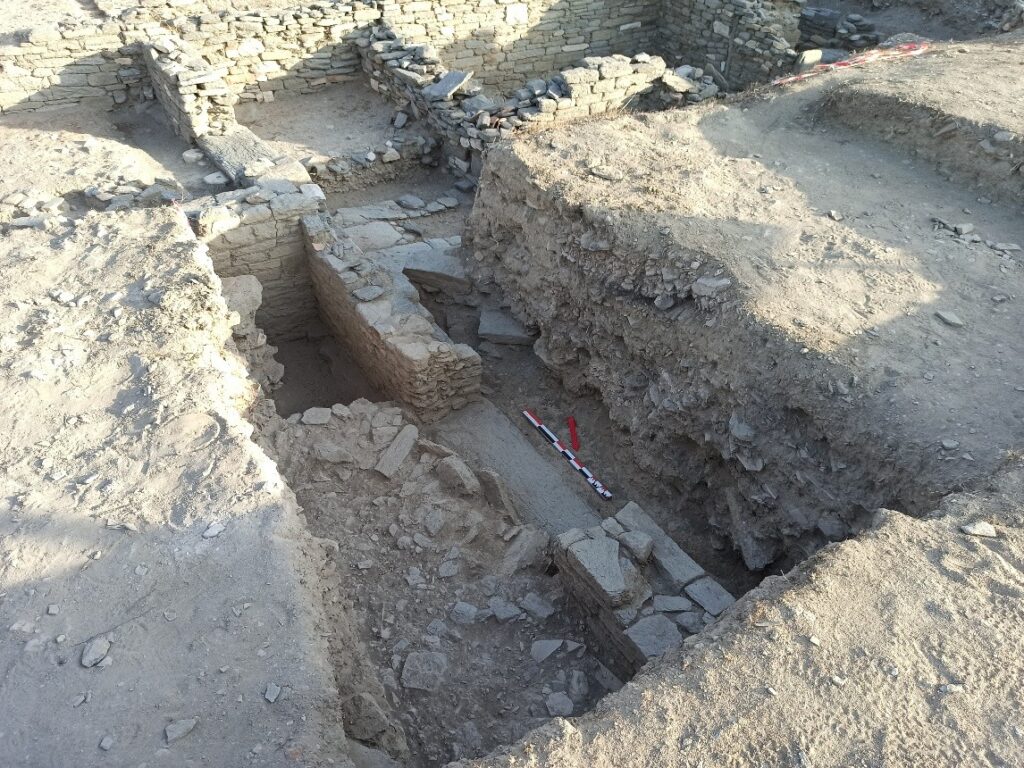
Paros Island: Home of Artistic Innovation
Parian marble, celebrated for its fine grain and translucent quality, was a prized material in antiquity. The recent discovery in the Parian town of Parikia, specifically at the Floga site, reveals the enduring importance of this resource. Excavations led by the Ephorate of Antiquities of the Cyclades confirmed the existence of a sculpture workshop dating to the Hellenistic period (323–31 B.C.), built atop an older residential complex from the 5th or 4th century B.C.
A Multifunctional Space: Home and Workshop
Initial excavations in the 1980s uncovered marble chips and unfinished statues that hinted at artisanal activity within the site. Subsequent digs in 2008 and 2013 added another layer to the narrative, revealing household items such as eating and drinking vessels, which suggested that the space also served residential purposes. Then, this year’s (2024) excavations brought the most compelling evidence yet, revealing a major reconfiguration of the complex between the late 3rd and early 2nd centuries B.C.
📣 Our WhatsApp channel is now LIVE! Stay up-to-date with the latest news and updates, just click here to follow us on WhatsApp and never miss a thing!!

Among the most striking discoveries was a room adorned with remnants of a mural and a pebbled floor, identified as an andron—a male social gathering space commonly found in Greek homes. This reinforced the dual nature of the site as both a domestic residence and a sculpture workshop, bridging daily life and artistic production in one physical setting.
But it was the thick layers of marble debris, coupled with semi-finished statues, clay molds, metal slag, seals, and pigments, that ultimately confirmed the site’s function as a vibrant center for sculpture and possibly other artisanal activities.
Many of the unfinished sculptures depict Aphrodite, the goddess of beauty, reflecting both the stylistic focus of the period and the spiritual resonance of art in Greek daily life. These works illustrate a dramatic shift from archaic rigidity to expressive realism—a movement that inspired not only the ancient world but also today’s artists who strive for hyper-realism in contemporary art.
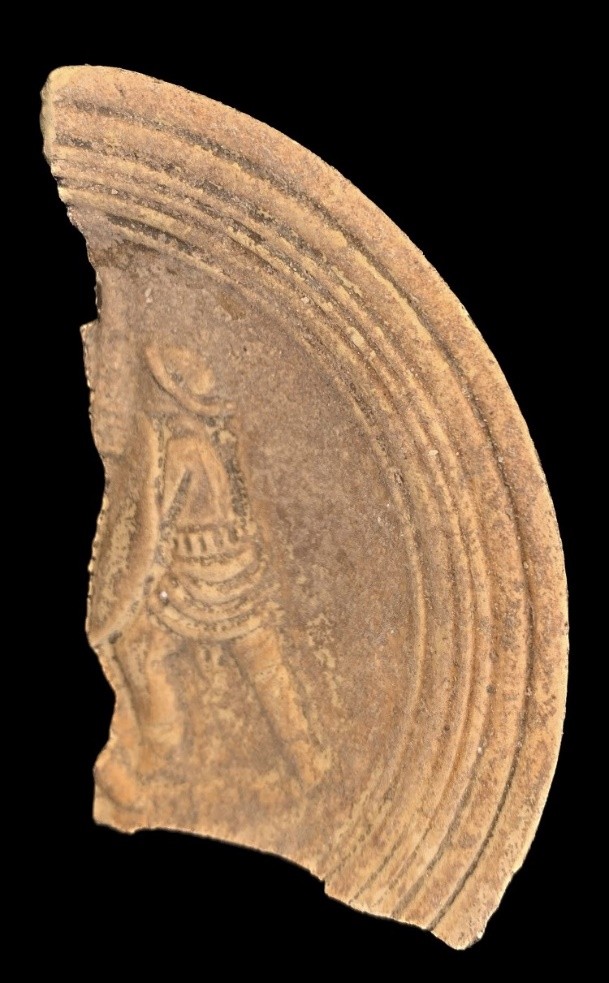
Rediscovering Greece’s Cultural Heart
The Paros discovery not only enhances our understanding of ancient Greek art but also highlights the significance of archaeological preservation in reconstructing cultural heritage. As scientists continue to analyze these findings, the legacy of Greek sculpture—its philosophy, technique, and beauty—remains more relevant than ever.
Cover Image Credit: Greek Ministry of Culture

